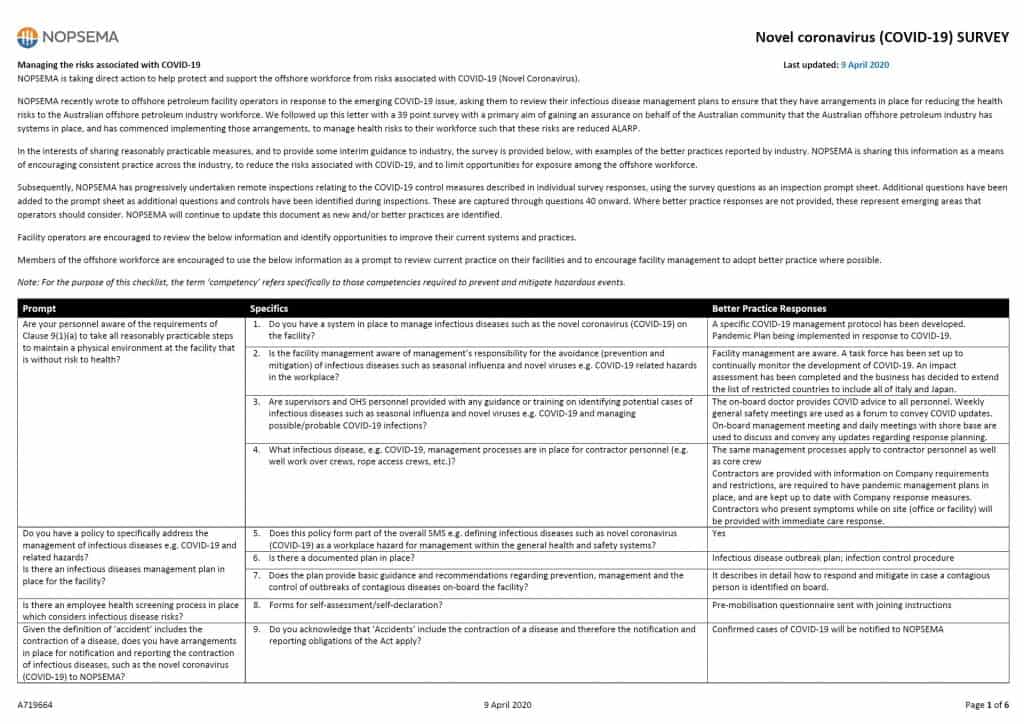Last week, the Institute for Safety, Compensation and Recovery Research (ISCRR) conducted presentations of its latest research programs. Those projects included:
- Vicarious Trauma
- Evaluating Pilot Programs
- Bitumen Fume Exposure
- Systems Thinking
Last week, the Institute for Safety, Compensation and Recovery Research (ISCRR) conducted presentations of its latest research programs. Those projects included:
In 2019, Dr Graeme Edwards said this of the cutters of engineered stone:
“We can’t just rely on the industry to self-regulate. We need to licence the industry and we need to regulate the product….. If we can’t do this, [banning] is a realistic option.”
Recent research commissioned by the Australian Council of Trade Unions (ACTU) and conducted by Curtin University seems to support a ban on the import of engineered stone products with such a high level of silica that cutting them, without suitable controls, can lead to silicosis.
Employers are less criticised about their workplace health and safety performance than the government, even though it is employers who have the primary duty of care for their workers’ occupational health and safety (OHS). The Federal (conservative) government and Prime Minister remind us regularly that the responsibility for OHS sits in the State and Territory jurisdictions. No one seems to accept their own responsibilities for OHS, so it is little surprise that worker health and safety has no effective national coordination.
Recently the Australian Council of Trade Unions (ACTU) released an OHS report entitled “Morrison Missing in Action on Work Health and Safety“. It is also looking in the wrong direction. Of course, the Prime Minister is missing in action – employers have the primary duty of care, which local jurisdictions enforce.
Although this document has good OHS information, references and statistics, it is primarily part of the current federal election campaign, reporting information that the politicians mostly already know.
Continue reading “Two steps forward and one back”In 2008, prominent occupational health and safety (OHS) advocate, Hilda Palmer wrote about the inadequate estimates of work-related deaths in the United Kingdom. Keeping work-related death confined to traditional categories provides a false understanding of the reality of OHS. Palmer wrote:
“Far from being complacent about the health and safety record in this country, we need to be honest and open, and examine what is really going on”.
Recently, at the 2021 Workers Memorial, a representative of the Victorian Trades Hall read out a list of those who have died at, or due to, work in the last 12 months. It was a list of 47 people. The categories have expanded to include truck incidents, asbestosis, silicosis as well as the more traditional traumatic injuries. Curiously no suicides. A transcripted list of those 47 is below.
Continue reading “Twelve months of work-related deaths”The Hazelwood Mine Fire was a public health tragedy with an occupational context beyond the prosecution by WorkSafe Victoria. A clear example of the workplace risks was the fire-fighting efforts and the subsequent health impacts of David Briggs. According to a media release from the Maurice Blackburn law firm, Briggs had his successful WorkCover claim upheld by the Victorian Supreme Court last week.
Briggs has been mentioned several times in this blog’s coverage of the Hazelwood Mine Fire Inquiry and the writing of Tom Doig on the catastrophe. His case should cause some very uncomfortable questions.
Dr Tom Doig has continued to build on his earlier work about the Morwell mine fire, expanding his “The Coal Face” from 2015 into his new book “Hazelwood” (after court-related injunctions, now available on 18 June 2020).
SPECIAL OFFER: The first four (4) new Annual subscribers in the month of June 2020 will receive a copy of Hazelwood.
The Morwell mine fire created great distress to residents in Victoria’s Latrobe Valley, ongoing health problems, and a parliamentary inquiry, but can also be seen as a major case study of occupational health and safety (OHS) laws, enforcement, role and the obligation on employers to provide a safe and healthy working environment that does not provide risks to workers and “protect other people from risks arising from employer’s business”. The management of worker and public safety is present in almost every decision made in relation to the Morwell Mine fire. The overlay of an OHS perspective to Doig’s book is enlightening.

It has been assumed that Australian businesses that have continued to operate during the COVID19 pandemic have been maintaining their occupational health and safety (OHS) audits and assessment; and that the safety regulators have been inspecting workplaces. On May 6 2020, the National Offshore Petroleum Safety and Environmental Management Authority (NOPSEMA) released the findings of
“…a series of remote COVID-19 specific inspections, confirming operators of offshore facilities are equipped with adequate arrangements for protecting workers from infectious diseases such as COVID-19.”
The findings are interesting but perhaps of more interest is the questions that were asked and how the answers were verified.